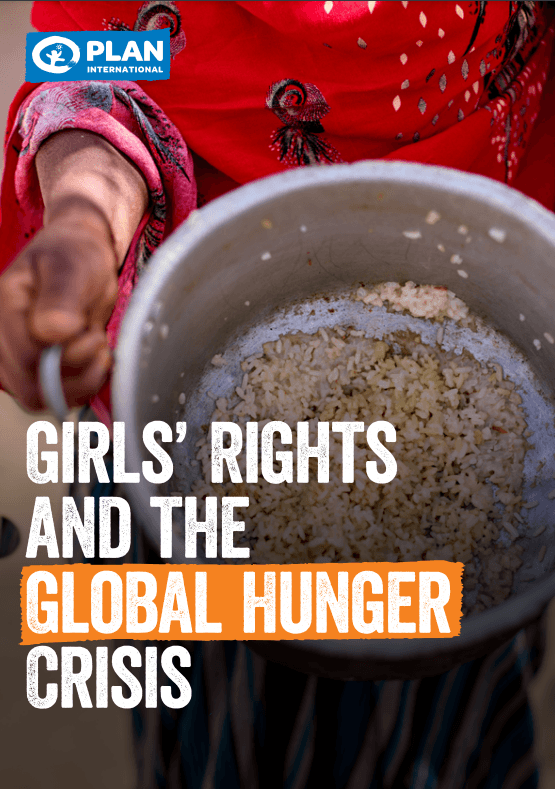Girls’ Rights and the Global Hunger Crisis
This report highlights the value of a rights-based approach to responding to food crises and ending hunger, with a particular focus on the rights of girls.

The 2022 Global Report on Food Crises (GRFC) presented a grim set of facts that the international community cannot afford to ignore.
It underscored that in 2021, levels of hunger surpassed all previous records. Close to 193 million people were acutely food insecure and in need of urgent assistance across 53 countries, an increase of 40 million on 2020 figures.
The outlook for the remainder of 2022 is even more sobering, as the hunger crisis continues to worsen across many countries. As of September 2022, 970,000 people were facing starvation and death in Ethiopia, Yemen, South Sudan, Somalia and Afghanistan alone.
The effects of conflict, the climate crisis and COVID-19 are now being compounded by soaring inflation, rising food, energy and fertiliser prices, as well as food shortages due to the ongoing conflict in Ukraine.
The longer-term outlook provides little more reason for optimism.
Girls’ rights are often overlooked by needs-based humanitarian responses which are insufficiently attentive to age, gender and diversity.
Such unprecedented levels of hunger are having devastating consequences for the countries, communities, and individuals affected. Yet these
consequences are not experienced equally – age, gender and other factors shape individuals’ vulnerability to hunger, and to its wider impacts.
When hunger crises combine with entrenched gender inequalities, girls and women are often disproportionately affected. There is evidence, for example, that the prevalence of moderate or severe food insecurity is now 10% per cent higher among women than among men – a gender gap which increased during the COVID-19 pandemic as gender inequality spiked.
Food insecurity and hunger have myriad implications for the realisation of girls’ rights. Not only do adolescent girls have specific nutritional requirements, which make them particularly vulnerable to malnutrition, but as families increasingly resort to negative coping mechanisms, pre-existing rights violations become more acute and widespread.
During times of food insecurity, girls are at heightened risk of being removed from school, of child, early and forced marriage, early pregnancy, and of sexual exploitation. Yet these implications for girls’ rights are often overlooked by needs-based humanitarian responses which are insufficiently attentive to age, gender and diversity.
Girls Rights and the global hunger crisis
6.20 mb


